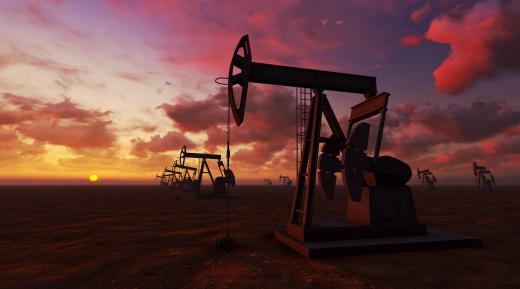A directional well is usually an oil well that is drilled into the ground in a direction that is other than vertical. This is done for a number of reasons and was an important advancement in for drilling for oil and other fossil fuels such as natural gas, and recent advancements in drilling even allow for horizontal directional drilling. Directional drilling is undertaken when the target is not situated directly below the drilling platform, a situation that can arise for a variety of reasons, including a desire to preserve surface features, such as delicate terrain, various ecosystems, or historic structures. It is sometimes useful to drill a directional well that targets specific underground features such as oil or gas bearing layers or zones, while avoiding others, such as difficult rock layers and aquifers.
Directional drilling technologies and techniques were developed to reach previously inaccessible or difficult-to-exploit sources of oil and natural gas. The desire to reach some of these resources without being able to build drilling facilities directly over the targets also contributed to their development. While much of the equipment used in directional drilling is the same kind of equipment used in conventional drilling, drilling a directional well does require specialized equipment, such as flexible pipes and specialized asymmetrical and steerable drill heads.

Often, a directional well begins as a standard vertical well, which, upon reaching a certain target depth, changes direction. Sometimes, the directional well will turn in such a way as to continue horizontally, exploiting a layer of product bearing rock or sand. This kind of drilling can be very useful when the desired target layer is not very deep but is spread over a wide area. Using directional drilling, such a layer can be exploited with only one well rather than requiring the many wells that would be required using conventional vertical drilling techniques.
Most directional well drilling is done by the oil and natural gas industries, but other directional wells are sometimes constructed, especially when drilling for water or exploration. Much information about the interior of the Earth can be learned by using technology such as ground penetrating radar, but many exploratory wells are often still needed before production wells can be drilled. An exploratory directional well can gather much more information than a traditional vertical well. In fact, one exploratory well can often yield as much information as several vertical wells.
